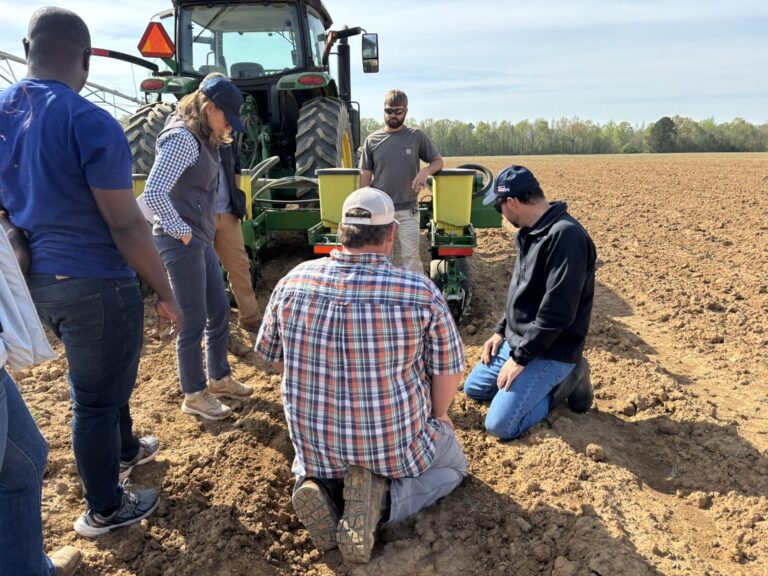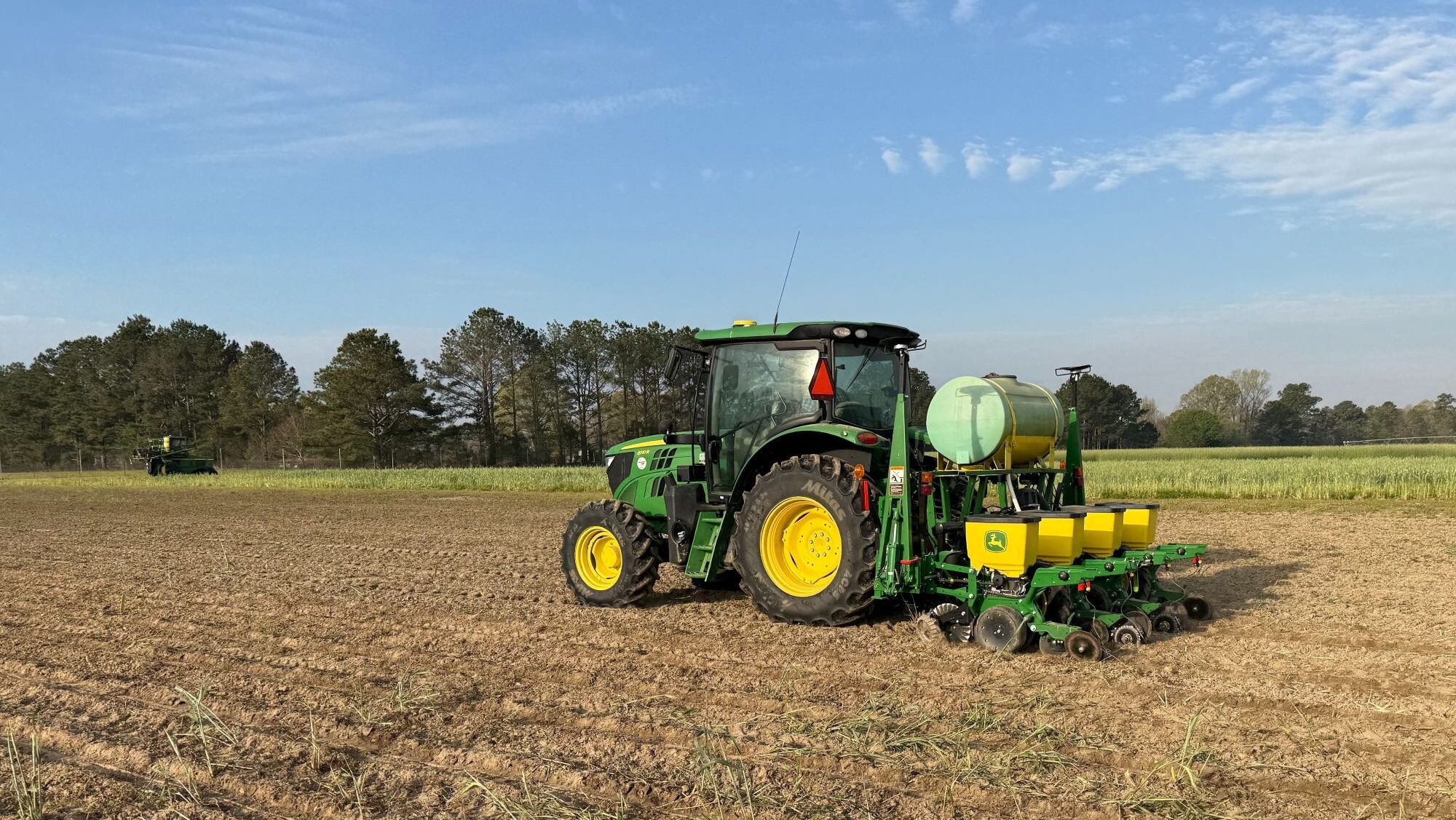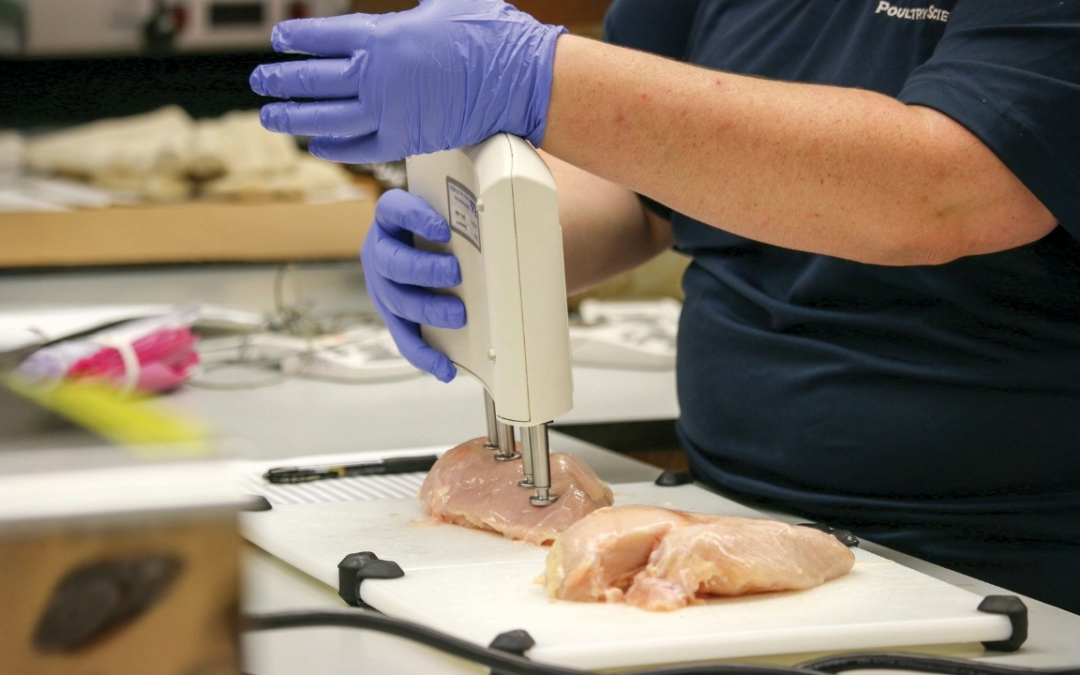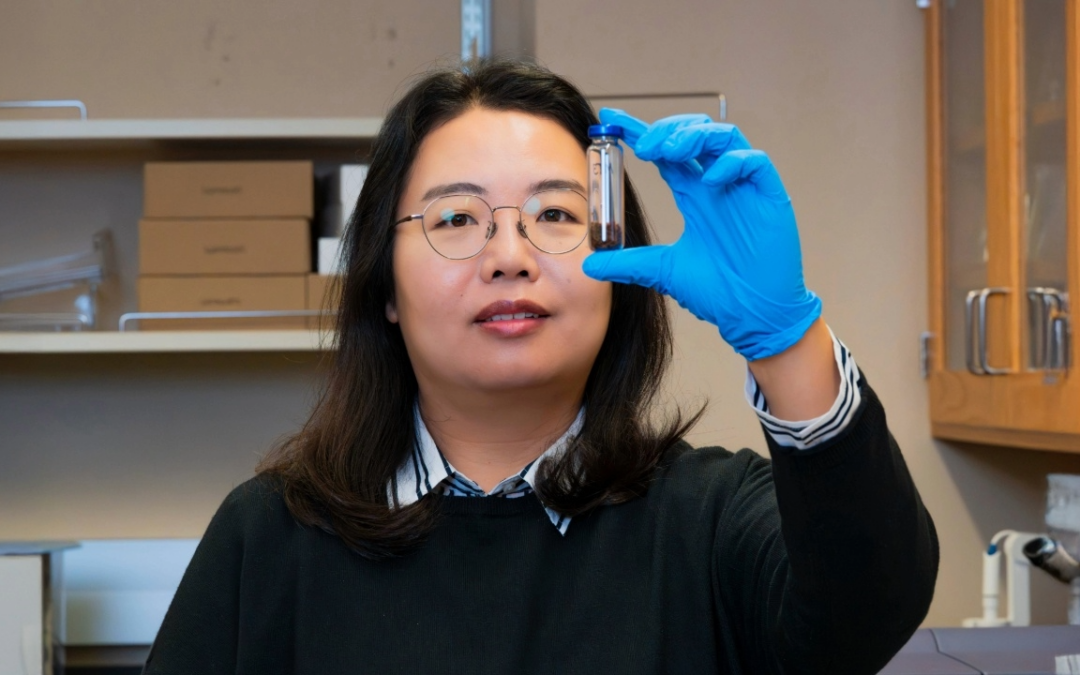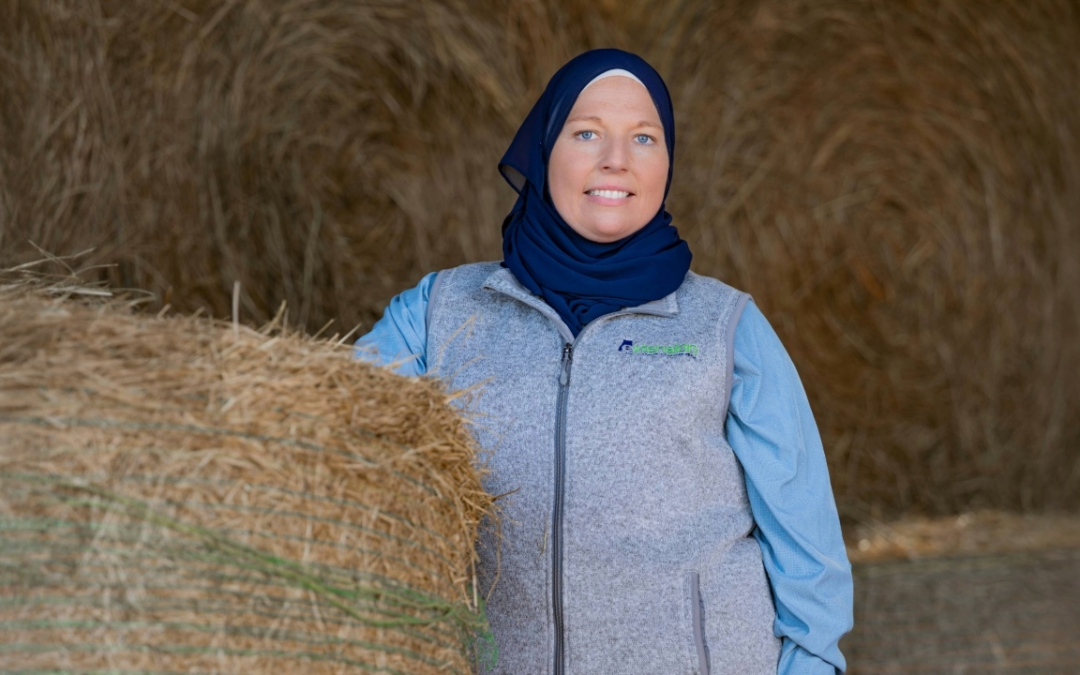As spring planting shifts into high gear in farmers’ fields throughout the Southeast, few agricultural operations come close to matching the diversity of crops and locations as the outlying units of the Alabama Agricultural Experiment Station at Auburn University.
From the mountains of the Tennessee Valley to the beaches of the Gulf Coast, scientists and technicians at 14 Experiment Station research units spread throughout 11,362 acres in Alabama are busy planting a host of crops on experimental plots that hopefully will offer solutions to some of agriculture’s most challenging problems.
Experiment Station outlying research units conduct approximately 600 experiments each year, according to Greg Pate, director of Experiment Station research operations. With an annual budget of just more than $7 million, Experiment Station employs 98 staff and technicians, not counting university faculty who conduct most of the experiments.
“One of our units can be testing a multitude of crops at one time,” Pate said. “For example, the Chilton Research and Extension Center in Clanton is currently testing nearly 30 different crops, from peaches to broccoli. And keep in mind that all the horticultural work is done by hand.”
“We also maintain a resident herd of 865 head of cattle with an additional 600 calves on six stations covering more than 2,400 acres of permanent and temporary grazing.”
Research units are divided into regions related to their respective location within the state. Four regions have been established reflecting three main areas of research: cattle, row crops and horticulture.
In the North Region, including the Tennessee Valley Research and Extension Center in Belle Mina and the Sand Mountain Research and Extension Center, 140 acres of soybeans are being planted, 115 acres of cotton, 80 acres of corn and eight acres of small grains, according to David Harkins, regional director.
In the East-Central Region, which includes the Plant Science Research Center on Auburn University’s main campus and the E.V. Smith Research Center in Shorter, approximately 890 acres are being planted. At 3,870 acres, E.V. Smith is the largest Experiment Station research unit.
Regional director Jane Farr said 391 acres are planted to soybeans, 306 acres to corn, 125 acres to cotton, 50 acres to grain sorghum and 20 acres to peanuts. In addition, the region has five acres of blueberries and five acres of vegetable research.
“We have 114 field trials and 52 greenhouse trials, thus far for the spring,” said Farr.
Jamie Yeager, director of the West-Central Region—consisting of Clanton, Prattville and Marion Junction—said approximately 85 acres are being planted in the research units in his region this year, including cotton, corn, soybeans, peanuts, vegetables, forages and flowers.
These plantings include more than 70 experimental trials. A new project this year at the Chilton Research and Extension Center in Clanton involves the evaluation of robotic mowers for vineyards and for orchard vegetation management.
The Southern Region—due to its proximity to the Gulf Coast—boasts a variety of fruit and vegetable and specialty crops in addition to traditional row crops. The region includes units in Brewton, Fairhope, Monroeville, Mobile and Headland.
Plantings this spring, according to regional director Jarrod Jones, include 195 acres of cotton, 143 acres of peanuts, 156 acres of corn, 30 acres of soybeans, 11 acres of small grains, 30 acres of grain sorghum, 30 acres of sun hemp for a summer cover crop, and various other vegetable and specialty crops. More than 160 trials are being conducted in the region.
A few of the new experiments being conducted in the South Region include finding alternatives to gypsum for calcium sources; planting guayale, which produces a high grade of latex; banding fertilizers to reduce costs; planting variety trials for sesame, canola and mustard; planting 35 blueberry varieties for potential release; evaluating hop varieties for commercial production in Alabama; and using cotton as a forage in warm-season perennial pastures.
Altogether, the research units will use an estimated 1,400 bags of seed and 45 tons of fertilizer this year. In addition, every inch of water applied to the 800 acres of irrigated land represents about 21.7 million gallons of water.
Experiment Station achieved a significant milestone in 2024, with the addition of a new 904-acre property in Autaugaville. This marks the first time in 52 years that Experiment Station has invested in a new outlying unit.
The purchase and development of the new property will enable the Experiment Station to expand row-crop research in the West-Central Region of the state. The Experiment Station also will start an irrigation research center on this site.
The new Autaugaville property offers 400 acres of productive cropland and includes two center-pivot irrigation systems as well as a 12-inch water well yielding 1,200 gallons per minute. The property also includes 500 acres of woodland, which can be used for timber revenue and buffer space.
The Experiment Station plans to break ground on the new research facility in 2025. Field plot research and crop production will begin in 2026 with full transition to a research station in 2027.
“The property has been purchased and is currently leased to neighboring farmers to generate revenue until we can complete construction and begin research operations,” Pate said. “We are now in the developmental stage having sampled the fields for fertility. Those samples were collected on a 0.25-acre grid to give maximum resolution to our spatial analysis.”
This data, he said, will determine things like the location of experimental tier fields, general production areas and locations of buildings and infrastructure.
“We’ve received approval to move forward with a 2,500-square-foot office/lab building that will be the anchor of the facility,” Pate said. “We are currently working with Auburn Facilities Management and the chosen architect to finalize that design. Construction could begin by the end of this year.”
